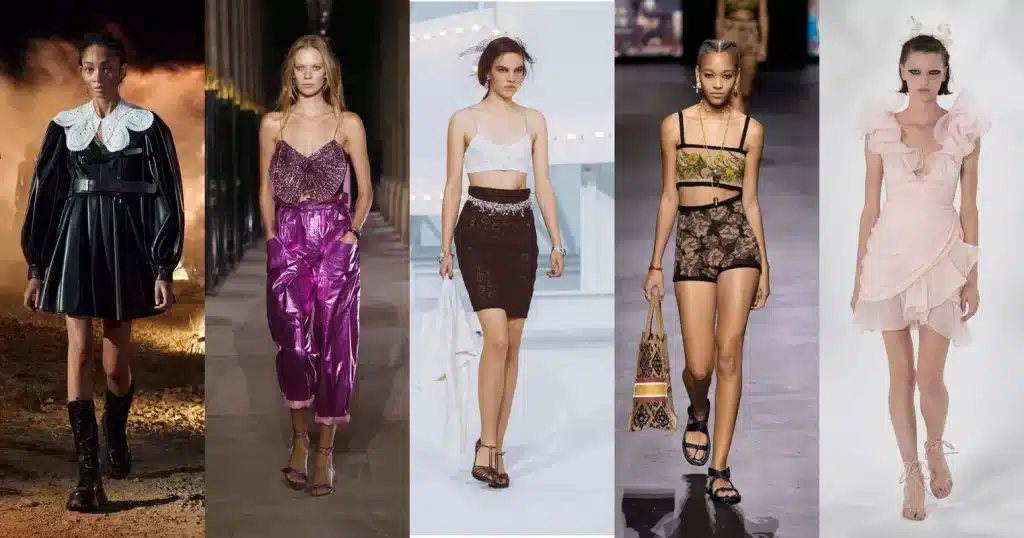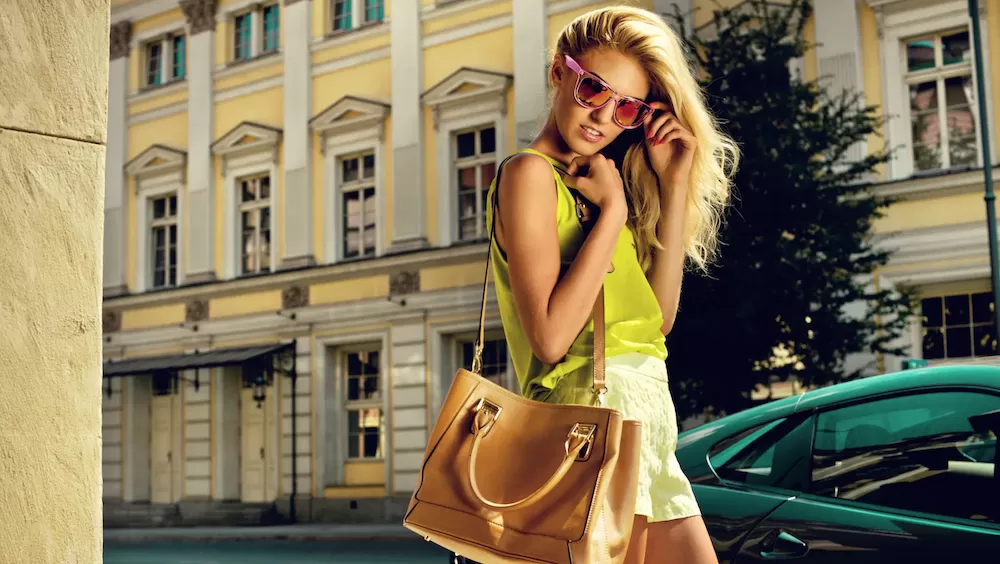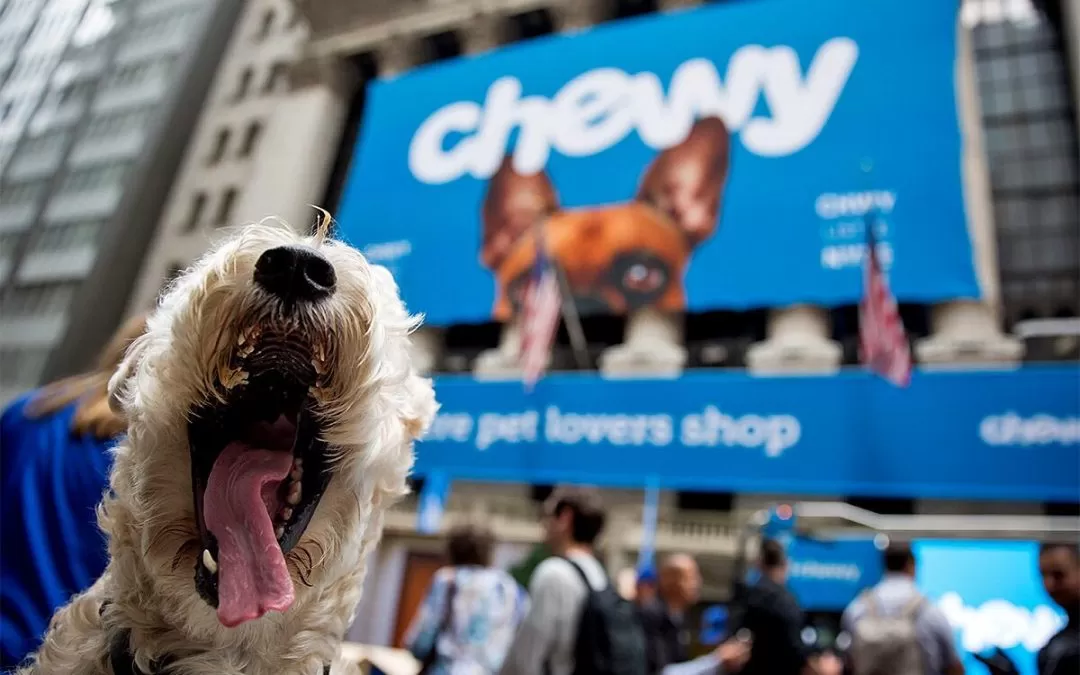Recent years have made personalisation central to fashion marketing. The ever-elusive millennial demographic demands shopping experiences which foster lasting connections between consumers and brands. The brands that succeed in the formation of these personal connections are rewarded with consumer loyalty. Individualisation is fundamental.
What does the fashion marketing industry look like? In a word: big. Management consulting goliath McKinsey & Company estimated in 2021 that fashion is a $2.4 trillion industry, growing at an annual clip which exceeds 5 %.
Broadly speaking, consumers are more frugal when it comes to non-essential purchases like wardrobe upgrades. Although many try to remain loyal to their favourite brands (especially, again, those which develop an individualized experience), the power of discounts and sales is immense. Belt-tightening consumers hunt for bargains.
Consumer behaviour is not, however, monolithic; although some are forced to settle for the cheapest products, others have room to splurge. More particularly, consumers of wine, cosmetics, and fresh produce seem to accept higher prices. Ostensibly, those who splash out premiums for beauty products will do the same for high-quality clothing. The key, then, for fashion marketing in a context of uncertainty and frugality is persuading the consumer to buy your product rather than a cheaper alternative.

Those who care about fashion and invest time in their wardrobes consider clothing a central part of their identities. Good fashion marketing must capitalise on this sentiment and emphasize the expressive capacities of clothes; our products make you more you.
Of course, to market such a claim, your brand must have a story. Where does your brand come from? Why does it exist? What does it represent? Perhaps more importantly, what does your brand not represent? This is where marketing comes in. Whether you’re using an image on a Google SERP (Search Engine Results Page) or a 15-second promoted video on Pinterest, you should always keep in mind the values and the ideas associated with the products. The more focused and refined these attributes, the more successfully you can market fashion to consumers who increasingly demand authentic and personalized shopping experiences.
When it comes to browsing the interwebs, mobile dominates desktop. However, although the majority of ecommerce browsing is done on mobile devices, consumers tend to make purchases on their desktops. Indeed, privacy concerns and navigation challenges deter shoppers from clicking “add to cart” on their smartphones. The takeaway: make your mobile shopping experience more secure and more user-friendly to minimise forgone transactions. If you’re not taking advantage of selling on social media (omnichannel marketing) then you are shamefully behind the times.
Along those same lines, it is imperative to simplify the mobile checkout process. Consumers, particularly young ones, do not want to jump through several hoops to make their orders. Make it quick and make it easy.
Speaking of mobile devices: take advantage of social media. Grounded in photography and videography, Instagram and Pinterest lend themselves seamlessly to fashion marketing, and the latter platform remains criminally underappreciated by advertisers. Social media users flock to these platforms to build and browse personal aesthetics, thus creating an environment conducive to advertisements for clothes and accessories; if you can develop a brand aesthetic that feels natural and appealing in one’s feed, Instagram and Pinterest users will become consumers.
Fashion has always been the driving force behind the eCommerce industry. The major players of the industry i.e. Amazon, Flipkart, Alibaba, Snapdeal and eBay have been constantly presenting themselves with more innovative solutions which have shaped up online fashion. The most searched fashion keywords are becoming different from the keywords we have seen in previous years.
Hyper-personalisation central for Fashion Marketing
Hyper-personalised product selection solutions, using AI machine learning technologies, identify consumer’s imminent purchases. Ranking every SKU by the greatest likelihood of that individual consumer to purchase from all their buying history and impressions, in order of greatest likely buying propensity. It presents them to each individual at exactly the right moment, thereby maximising that individual’s customer lifetime value CLV potential. (i.e. Likelihood to Purchase, Discount Affinity, Likelihood to Churn etc). Hardly surprising is ranked at the top of all marketing disciplines for ROI.
The Role Of Fashion Keywords In Your SEO Efforts
Some people might argue with that but SEO is still a great method to attract free traffic to a fashion eCommerce site. That being said, playing with keywords is a dirty battle. Your competition is also injecting keywords inside the product names, and stuffing descriptions with keywords. Luckily, these will not guarantee organic traffic for your competition. Nevertheless, it is big business with high-street retailers like NEXT estimated to be about to spend £76m in 2021 to secure their position as the highest-ranking UK retailer.
You Surely Need A Blog To Inject Fashion Keywords 2021!
Having a fashion blog on your eCommerce website is a great way to apply SEO for an online clothing store. Besides, it is a good tool to create lots of high-value content that will appeal to your target audience.
A blog is valuable for your online business in the sense that blog posts can include lots of trending eCommerce search terms. While used with care, these apparel keywords can drive the organic traffic you’ve been dreaming of.
However, only adding a blog to your online shop will not be enough. You need to be constantly looking for the most searched keywords in fashion and write blog articles around those keywords. You also want to pick the niche or the long-tail keywords to avoid competition in fashion SEO. For example, the keyword “style” can be meaningful for many fashion blogs however it is a mainstream keyword, thus used in many blog posts. To be able to rank high in search engine results pages, you will need to differentiate your blog by using longer keywords that would appeal to a niche audience. This is how you will be successful in doing SEO for the clothing company you own or work for.






2 responses
One of the best blogs I read and one of my favourites.The recommendations are bang on point and reflects a significant insight for ecommerce retailers of all levels.
Thanks Mitchell, we hope it helps you achieve your ambitions.